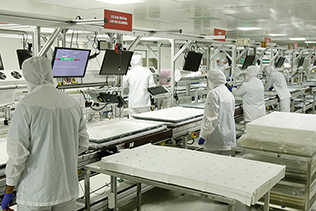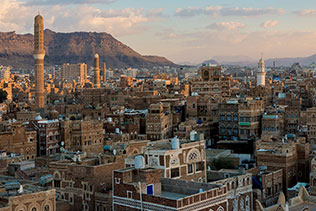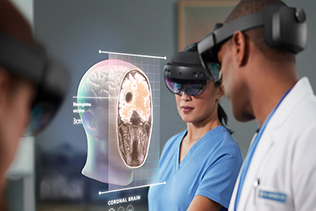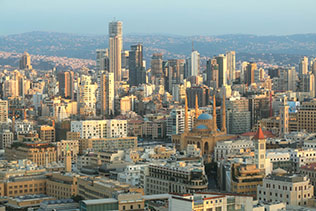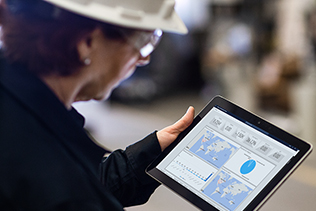VIRTUAL TEAMS
When disaster strikes, head to the cloud.


When COVID-19 hit the UAE, the Department for Culture and Tourism (DCT) was overseeing a cycling tournament. Two competitors tested positive, but this was just the start of the rapid changes. Shortly afterwards, the entire team was told to work from home.

For this close-knit department more comfortable with face to face interactions, establishing a sense of continuity while sorting out the aftermath of the cancelled tournament was going to be a big ask. But with thousands of visitors and competitors from overseas needing immediate guidance, they had to act fast.
Luckily DCT was already undergoing a large-scale digital transformation project with Microsoft when the pandemic arrived in the UAE.
“The Microsoft ecosystem allowed us to respond both safely and quickly. We used Teams, Surface Hub 2S, and Surface Pro 7 to coordinate remotely and work with our key stakeholders," says Peter Jamieson, Chief Technology Officer at DCT.
Rapid scaling
Critical IT services had already been migrated to Microsoft Azure cloud, Microsoft’s Infrastructure as a Service (IaaS) offering, which allows businesses to automatically expand into remote servers if their usage goes up, instead of being limited to physical capacity on site.
Using this infrastructure, the DCT immediately set up virtual crisis teams, using Microsoft Surface devices and Microsoft Teams video conferencing, which meant teams could start talking to each other and external stakeholders.
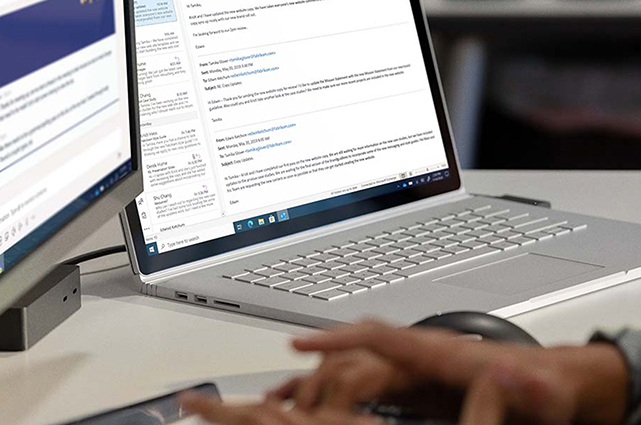

At the time, about half of the department had been issued with new Microsoft Surface devices. The department accelerated its schedule, dispatching new devices, to be configured remotely using Windows Autopilot. Jamieson explains, “Automatically deploying devices in employee’s homes without the need for a technician was a great advantage to us and saved countless hours. It allowed us to get up and running quickly to meet the mandate for the department. We are proof that you can run a government department from employees’ homes.".
Change for the better
In fact, DCT quickly found that beyond simply maintaining services, they were operating more efficiently. His Excellency Saeed Ali Obaid Al Fazari, Acting Executive Director of Support Services, says, “Using all these products enables DCT to work more efficiently. Time in meetings is reduced. People are being more productive.”
Much of DCT’s work involves working in the field, moving between cultural locations and events. Until the Microsoft migration, the team took notes on pen and paper, bringing them into the office to input them on aging desktop computers which were physically connected to local data centers. Using the Surface devices, they can write notes with the digital pen, record audio and video, and upload directly to the cloud.
And because Azure is protected by Microsoft’s cutting-edge security, the department data is secure and protected. Jamieson commented, “With the rollout of Surface devices and Microsoft 365, we managed to make our environment more secure, and we’ve been able to allow people to work more freely.”

Here to stay
“It sounds like a simple thing, but it’s incredibly powerful to be able to collaborate when we can’t be together,” Jamieson continues.
In fact, having served DCT so well during the Covid-19 crisis, Jamieson doubts they’ll ever go back, “Microsoft technologies have changed the way we work, think, and collaborate. I don’t think people will ever want to go back. We’ve removed the compromise from collaboration.”







